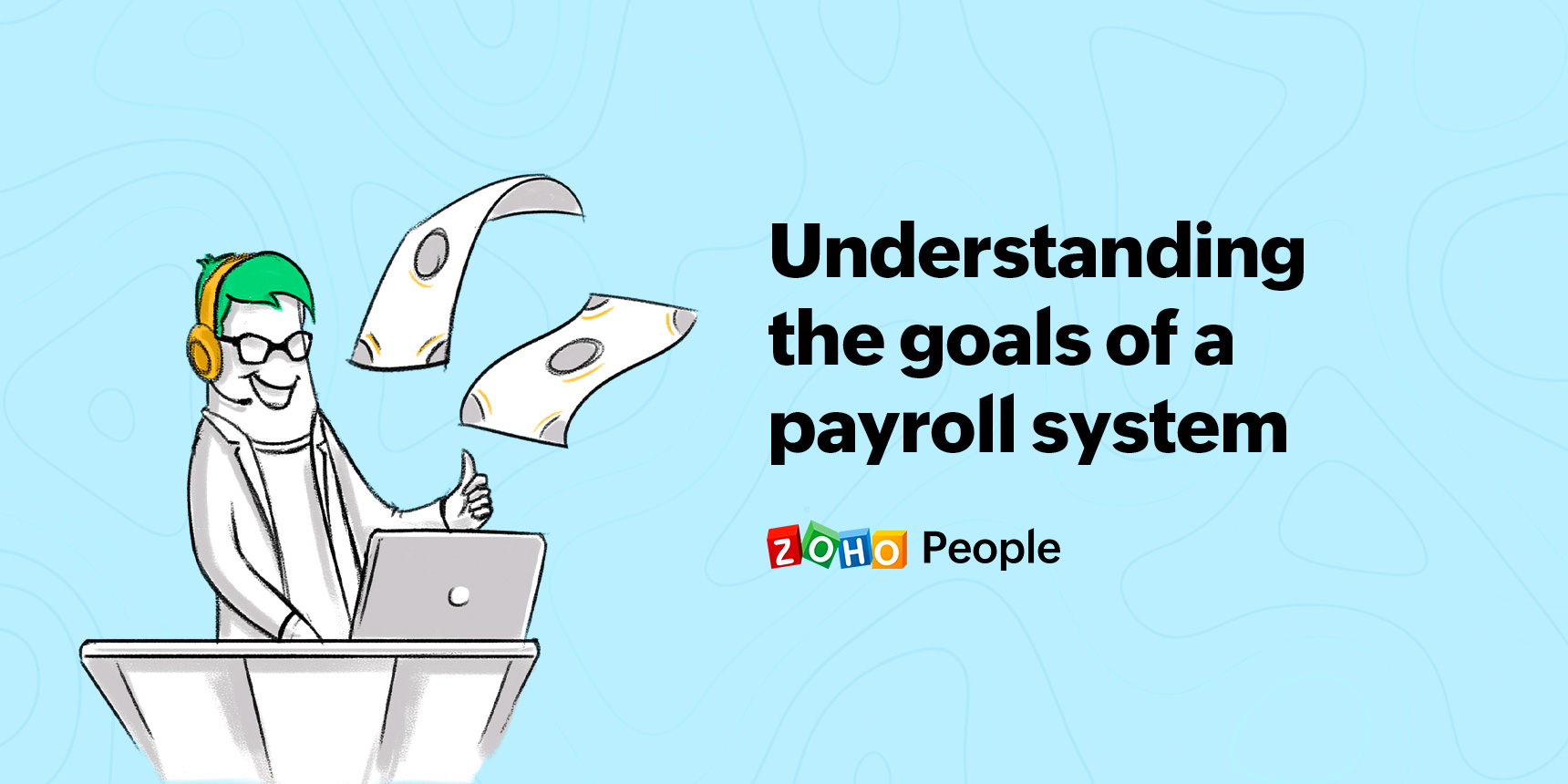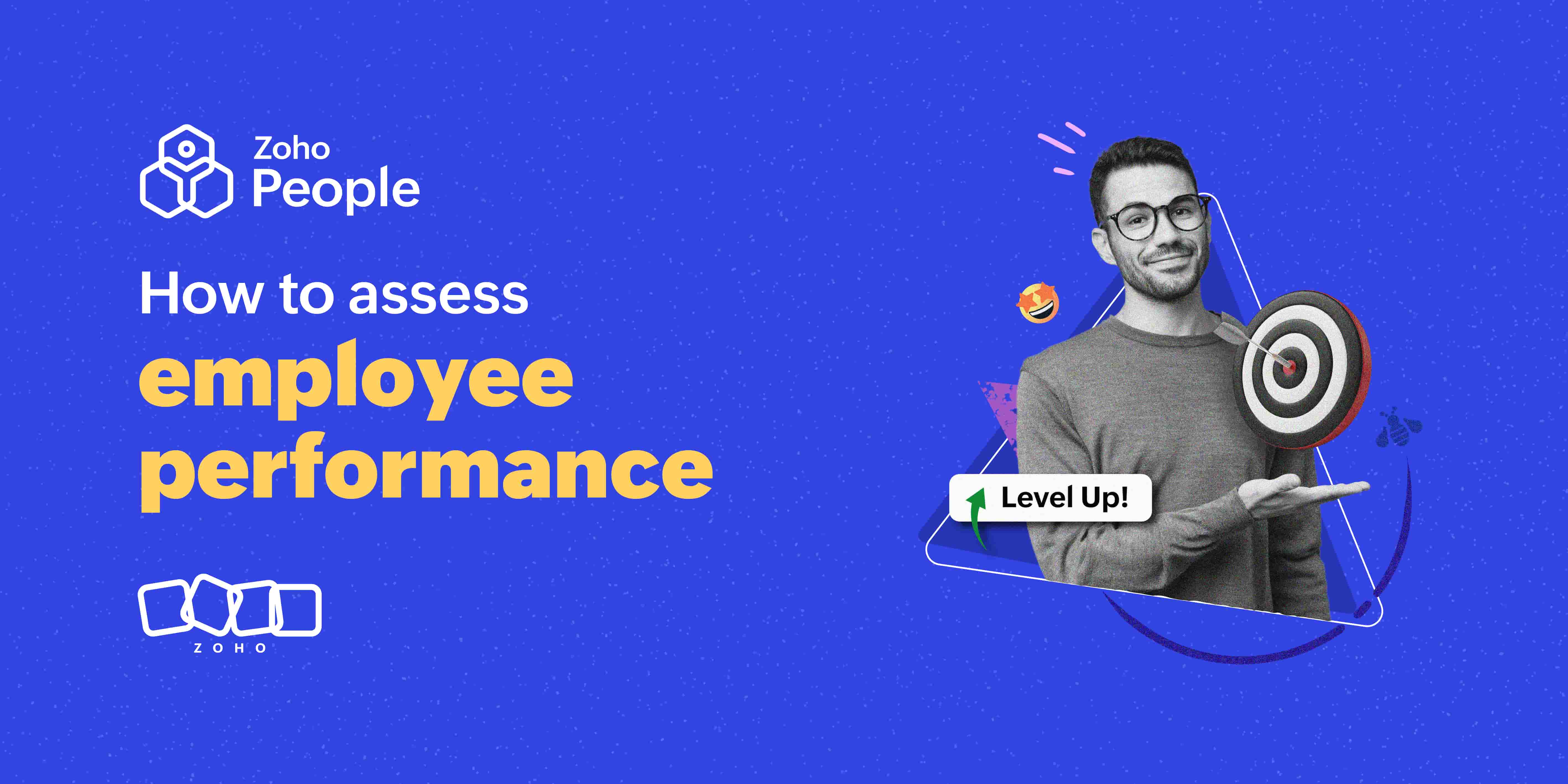- HOME
- HR insights
- What are the goals of a payroll system?
What are the goals of a payroll system?
- Last Updated : May 1, 2024
- 6.0K Views
- 4 Min Read

Payroll processing is a crucial task in any organization, and it must be managed very carefully to provide consistent pay to employees and stay in compliance with regulations. In some organizations, the payroll function is shared between the HR and finance department, whereas other organizations have a separate payroll department. In both cases, manual payroll processing has become a thing of the past. Relying on spreadsheets, paper-based bookkeeping, or legacy systems is inefficient and error-prone.
Recently, there has been a noticeable shift towards cloud-based payroll systems so organizations can automate their complete payroll process. Perhaps your organization has implemented a payroll system recently or is looking to switch to one in the future. Are you aware of everything your payroll system should be doing for you? Here's a quick definition of a payroll system and four major goals to strive for when using a cloud-based payroll system, no matter your organization's size or industry.
What is a payroll system?
Payroll system is a cloud-based HR tool that enables organizations to automate every aspect of payroll processing, including calculating, setting pay frequency, ensuring compliance, managing tax deductions, disbursing employee salaries, generating pay slips, and documenting the relevant payroll reports. Every organization, irrespective of its size, requires a payroll system to improve accuracy, cut down on payroll errors, improve compliance, and keep employees satisfied.
What are the goals of a payroll system?
Here's everything that the payroll software you select should do for your organization.
Automate payroll calculation
The payroll system that you opt for should be able to automate activities like calculating gross salaries, finalizing net salaries, processing payroll, and generating payslips. Some payroll systems are integrated with HR software to automatically import the attendance and leave data required to calculate employee payroll. All you should have to do is configure a few details including pay schedules, tax information, pay dates, pay frequency, and salary components, and the payroll system will take care of the complete payroll process at the interval you need it.
Save time and reduce administrative burden
Processing payroll manually is tedious. Payroll is so complex and delicate that your team has to spend a substantial amount of time correcting even the smallest error. That's why saving time and making the process more efficient is one of the key goals of a payroll system. As everything is automated, payroll processing can be initiated within a few minutes. Errors, if there are any, can be identified immediately and corrected on the spot. This gives your team the bandwidth to focus on more strategic initiatives that can't be automated, like strengthening employee experience, satisfaction, and morale.
Consolidate and store records more efficiently
Different federal and state payroll laws dictate how payroll records need to be maintained in an organization. Failing to adhere to these laws will result in heavy penalties and license cancellations. One major goal of implementing a payroll management system is that it should comply with regional and national payroll laws, making the record-keeping process a breeze even as laws keep changing. Additionally, different reports can be generated anytime to gain better visibility over the payroll trends of your organization regarding salaries, overtime pay, reimbursement costs, tax returns, and more.
Improve employee satisfaction
Employees expect the core HR operations of their organization to be streamlined and efficient, without any disruptions. Having an outdated payroll process can frustrate your employees, especially if they don't see that progress is being made either toward finding a solution or improving how the current solution is used. Having a cloud-based payroll management system ensures that employee satisfaction stays intact by supporting a variety of employee-centric features. As everything is automated, your employees will be consistently and accurately paid on time. Also, the payroll systems come with a self-service portal that enables employees to download payslips and access other payroll-related information including reimbursements, overtime pay, PF details, and more.
Payroll is one of the most important expenses to an organization, and how it's managed plays a huge role in the success of your business. A payroll system and how it's used plays a vital role in areas like compliance, employee satisfaction, and overall productivity in the organization. With a cloud-based payroll management system that is consistent with your organizational standards, payroll processing can be made easy and effective.
Zoho People, our HR management system, is integrated with Zoho Payroll to provide a stress-free payroll experience to our users. Zoho People provides the attendance and leave data of every employee so payroll can be processed on time, all the time! Learn more about Zoho People's integration with Zoho Payroll.
Also Read:Is payroll a part of HR?
 Tarika
TarikaContent Specialist at Zoho People


